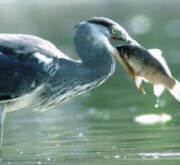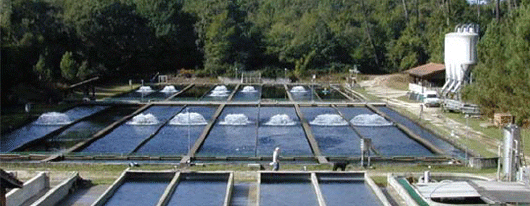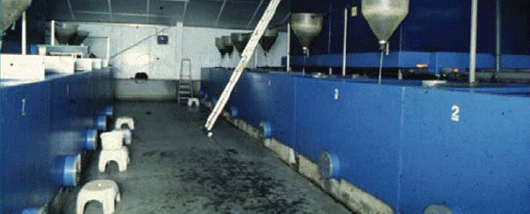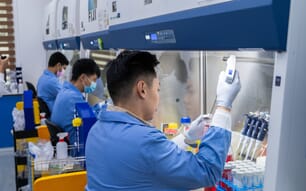
Multifunctional farms are farms where the various elements are systematically integrated into the farming practice and where an increasing ratio of income derives from various non-fish farming activities.
Such farms are becoming more widespread. Usually the first step towards multi-functionality is to convert some usually small size ponds of the farm into angling ponds and to start to provide services for anglers. This is followed by the provision of other types of services like shops, restaurants and hotel services.
Nowadays, pond fish farms offer a wide range of various services - not only for specific customers like anglers, hunters and tourists but also for the society as a whole through the maintenance of biodiversity, the improvement of water management and the maintenance of traditional culture and lifestyle.
Trout farming in flow-through systems
The most widely-practiced form of inland aquaculture in Europe is trout farming. Water is taken from the river, circulated through the farm and treated before being released downstream. All water in the farm is renewed at least once per day. Where more than one farm exists on the same river, it is in everyone’s interests that the quality of the outflowing water from one farm is good, as this then becomes the inflowing water for the next farm. Other water sources include spring water or drilled and pumped ground water.
In some countries, heated industrial water sources (such as electricity generating plants) are used to increase the water temperature (by heat exchange) used in the farm, thereby saving energy costs to heat the water. Geothermal water also provides naturally warmed water, thus allowing the farming of new fresh water species (especially eel, sturgeon, perch and tilapia) with low environmental impact.

Recirculation Aquaculture Systems
Recirculation Aquaculture Systems (RAS) are land-based systems in which water is re-used after mechanical and biological treatment so as to reduce the needs for water and energy and the emission of nutrients to the environment.
These systems present several advantages such as: water and energy saving, a rigorous control of water quality, low environmental impacts, high biosecurity levels and an easier control of waste production as compared to other production systems. The main disadvantages are high capital costs, high operational costs, requirements for very careful management (and thus highly skilled labour forces) and difficulties in treating disease.
RAS is still a small fraction of Europe’s aquaculture production and has its main relevance in The Netherlands and Denmark. The main species produced in RAS are catfish and eel but other species are already being produced using this type of technology such as turbot, sea bass, pikeperch, tilapia and sole.

September 2008




